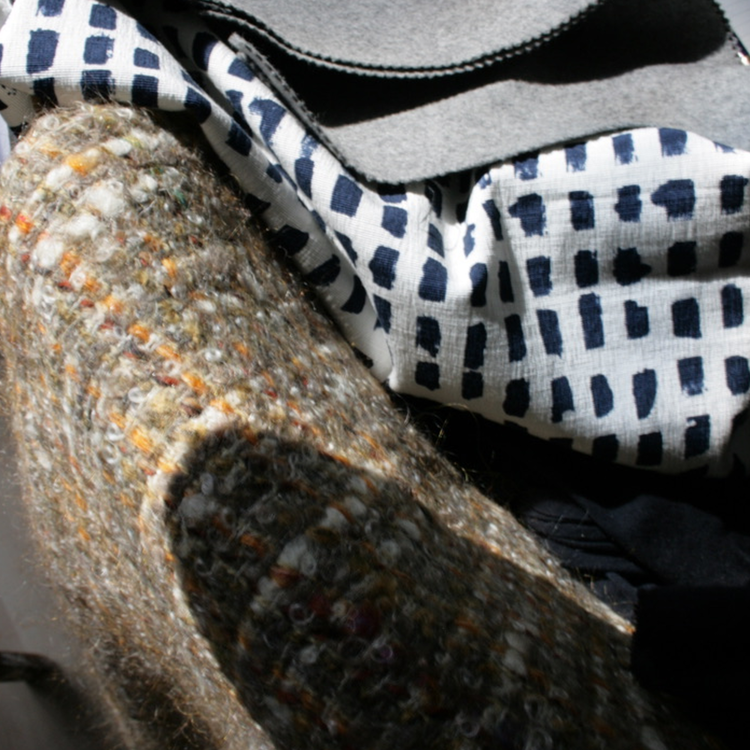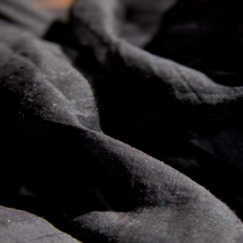FABRIC

Utility/Functionality
Identifying which fabrics are least harmful to the environment is not straight-forward. There’a a range of criteria with which to measure. Factors include water usage, energy emissions, soil usage and erosion, forest degradation, processing chemicals and waste creation, to name a few. As a result, fabrics from naturals to synthetics to blends to recycled synthetics can have both positive and negative characteristics. For example, synthetics often last longer and are more durable than many naturals but are made from petroleum. 100% Cotton, while easier to recycle, uses an inordinate amount of water. ‘Conventional cotton’ - as opposed to organic - is considered one of the ‘dirtiest’ agricultural crops because it typically requires a high amount of hazardous pesticide*. The variables themselves can be valued differently (water usage versus emissions). All of this makes it difficult to clearly define a hierarchy based on environmental impacts. For the time being, single fiber fabrics like 100% cotton, silk, wool or even polyester are easier to recycle than blends, so avoiding blends tends to be a more sustainable strategy.

Quality&Durability
This is changing rapidly however. New technologies for both recycling existing fabric (including blends) and engineering new less damaging fibers are all underdevelopment. Awareness and demand are also increasing. More farmers are growing organic fibers, making organics fabric more readily available. Technologies for recycling synthetics are also advancing including:
- recycled plastic that can be spun into thread (already available),
- Piñatex a natural leather alternative made from pineapple leaves (!!!)**,
- fabrics fabricated from algae, mushrooms and fermentation as a means of fiber production.
Ensuring all future fabrics are 100% biodegradable and discontinuing recyclable synthetics is an approach increasingly championed. Recycled synthetics, while less wasteful, still contain toxic chemicals that many argue are not meant to be in contact with skin***. They also continue to shed microfibers that escape waste water treatment facilities and enter our marine ecosystem. Working with materials that don’t contribute to bioaccumulation and can safely and naturally decompose remains the ideal scenario.

Movement
With the development and rollout of new technologies underway, Substrate will attempt to balance between dealing with existing textile pollution and transitioning to the most sustainable, safe and natural materials.
In terms of existing textile pollution, our education on this challenge began with the organization Fabscrap. Founded in 2015 by Jessica Schreiber, Fabscrap collects, recycles and resells pre-consumer fabric waste from clothing manufacturers. Substrate currently recycles our production remnants through Fabscrap and repurposes their recovered fabrics for a portion of our designs. By using recuperated Fabscrap materials, we’re able to help divert existing commercial waste from landfill. This keeps these materials (through reproduction, repair, reuse and recycle) in use as long as possible, extracting all available usefulness before they are discarded. Any fabrics other than those we acquire from Fabscrap are 100% natural. Our long-term goal is to get our operation into the position of using primarily 100% organic, bio-compatible fibers by the end of 2024.
*Fashionopolis; Dana Thomas, page71 of ebook
**Piñatex
***The Nature of Fashion: Moving towards a regenerative system, Biomimicry Institute June 2020, pg 8.